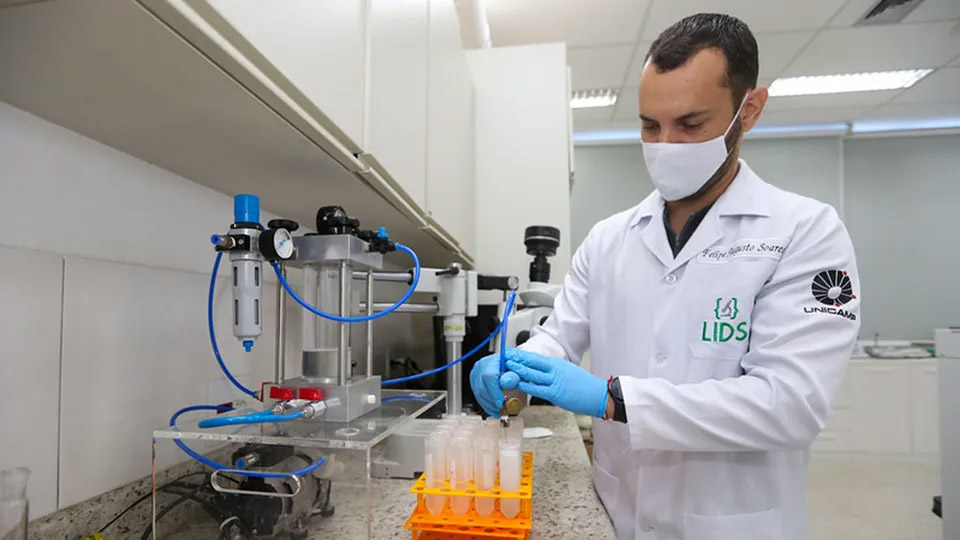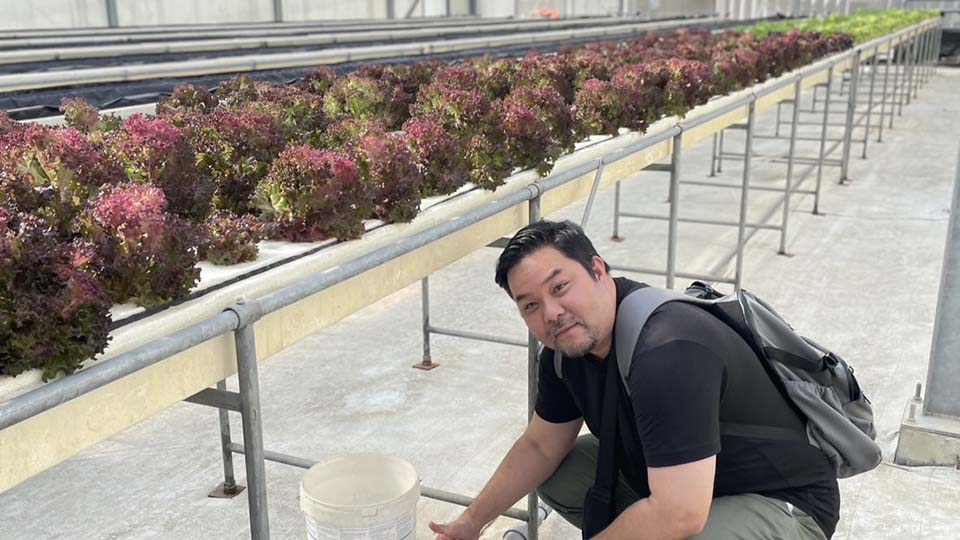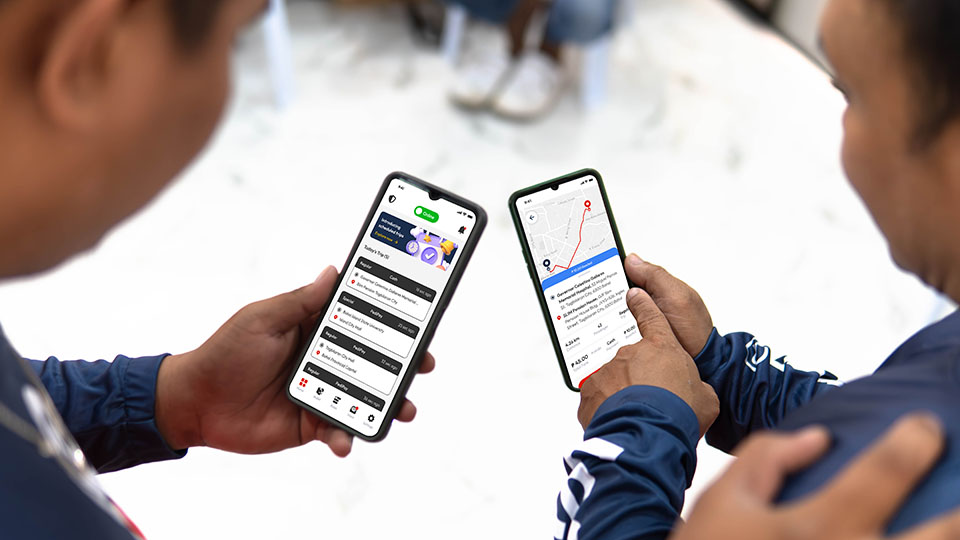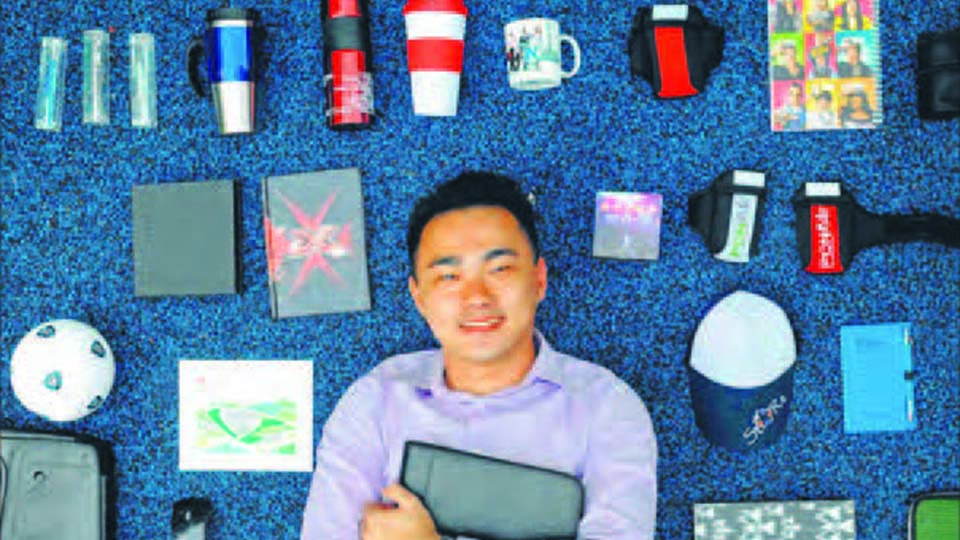Background

José Vidal Martina is living proof that innovation is not just the domain of major corporations or developed countries. From his workshop in Lima, Peru, the inventor and entrepreneur succeeded in solving a technical problem that for years had plagued a number of production sectors, including glaziers, craftsmen and builders. He invented a device for drilling holes in ceramic and glass material. The drill bit became popular since it was low-cost, easy-to-use and could make perforations without cracking or chipping the glass or ceramic.
Invention
Mr. Vidal had already spent years working in the business of semi-precious stones when he began to develop small diamond drill bits for making perforations in the pieces that he made with his stones. Before that he, and many like him, had to rely on expensive ultrasound machines. As there was no economical method or device for making holes or perforations in materials such as glass, marble, ceramics, granite, and semi-precious stones, he realized that an enormous market existed for such a solution. Contemporary machines were expensive, difficult to use and impractical for independent craftsmen such as himself.
Mr. Vidal’s first drill bit, made with a diamond, was also unaffordable for ordinary users, so he started to look for alternatives. His intention was to develop a drill bit that:
- could be used in a standard electric drill;
- did not require special lubricants;
- could be used on the jobsite away from the user's shop or plant;
- formed a smooth hole that did not need to be polished after drilling; and
- was cost efficient.
Drawing on the knowledge and experience he had gathered from his examination of all the perforating systems then in existence, he realized that the intended drill bit could be made using a hollow cylinder with an abrasive material inside. He succeeded in producing a drill bit that was capable, in less than a minute, of making holes of various sizes in materials such as glass, marble and ceramics. One of the main advantages of the JVM (José Vidal Martina) bit is that it can be attached to any common drill machine, thus making it usable for millions of people who do not have access to expensive equipment.
IP Management and Patents

intended to be fixed to an electric drilling
machine as submitted in PCT application
PCT/IB2000/000466 (PATENTSCOPE® search)
When asked why he became interested in intellectual property (IP) protection, Mr. Vidal explained: “There’s no point in my making something new if I don’t protect it. It would be a matter of just days for others to copy my product, and then my business would no longer make sense. Obviously big companies would be able to make my bits at lower cost, distribute them better and leave me with nothing.”
With this perception of the way business works, José Vidal decided that his only chance of bringing his product to market and enjoying the benefits of the time and effort invested in the creation of the new product was to protect his invention with a patent. “If I hadn’t known about intellectual property,” Mr. Vidal said, “I surely wouldn’t even have felt inclined to sell my product; I’d have resigned myself to keeping it under lock and key in the workshop, and earning money through services rendered to people who needed holes made, which is what I actually did for the glaziers”.
Mr. Vidal admitted that the process was by no means easy: “I had to inform myself thoroughly on how the system worked, and it wasn’t easy to find people with the knowledge of how to set about having a product protected internationally.” Mr. Vidal found that the cost of protection could be very high if one decided to have the invention protected in a large number of countries. For him it was a strategic decision, and he chose to have the invention protected in those countries that held the best prospects for manufacturing and selling the product. He decided to use the Patent Cooperation Treaty (PCT) system so that his international patent application had effect in several countries.
Commercialization
Although marketing and advertising a new product are always quite difficult, Mr. Vidal was certain that there would be great interest in his product if he could demonstrate it properly through participation in trade fairs and exhibitions. With IP protection, he could confidently show the invention at international trade fairs with a view to finding distributors to market it without fear of losing it to third parties. His device is now sold for just over 8 dollars, not only in the Peruvian market but also in a number of other countries. It is generating substantial profits for those handling its distribution as well as those able to buy it and access the technology.
Licensing
The popularity of the JVM drill bit led Mr. Vidal to decide on increasing the manufacture of the product. He realized that considering the limited scope of operation of his own business, the most efficient strategy for him would to find other companies which would be able to produce the drill bit under an agreement with him. Since he owns the patent of the invention, such a licensing agreement would generate financial benefits for him. Accordingly, he has licensed another company to manufacture the product in some countries. Mr. Vidal continues to search for specialized distributors in the field of construction in order to ensure that his product is commercialized worldwide.
Research and Development
As the JVM bits are produced by another company, Mr. Vidal can focus on researching new products. In his small business of only six employees, he continues to look for ways of improving his products. He has no doubt that many small businesses will agree that his products are more practical and less expensive than the alternatives now available. He has already developed several new products and intends to protect them through patents.
Business Results
The cost-efficiency and convenience of the JVM drill bits have resulted in significant business success for Mr. Vidal. Patenting allows him to commercialize the product directly as well as earn royalties from licensing the invention.
Success based on IP Protection and Licensing
The benefits of any invention depend upon its proper utilization. Instead of locking up his invention out of concern about other people copying his products, Mr. Vidal’s success is based on his smart decision to seek protection of his invention through patenting and then generate profits from it through licensing.



